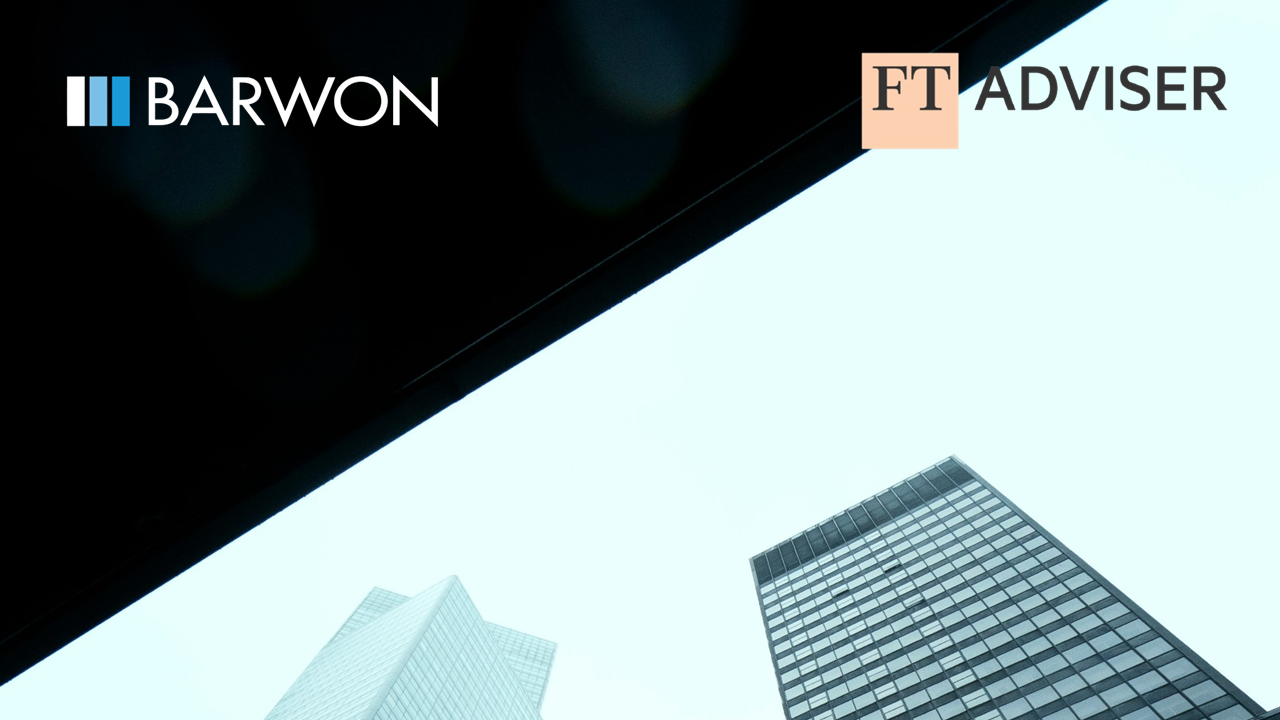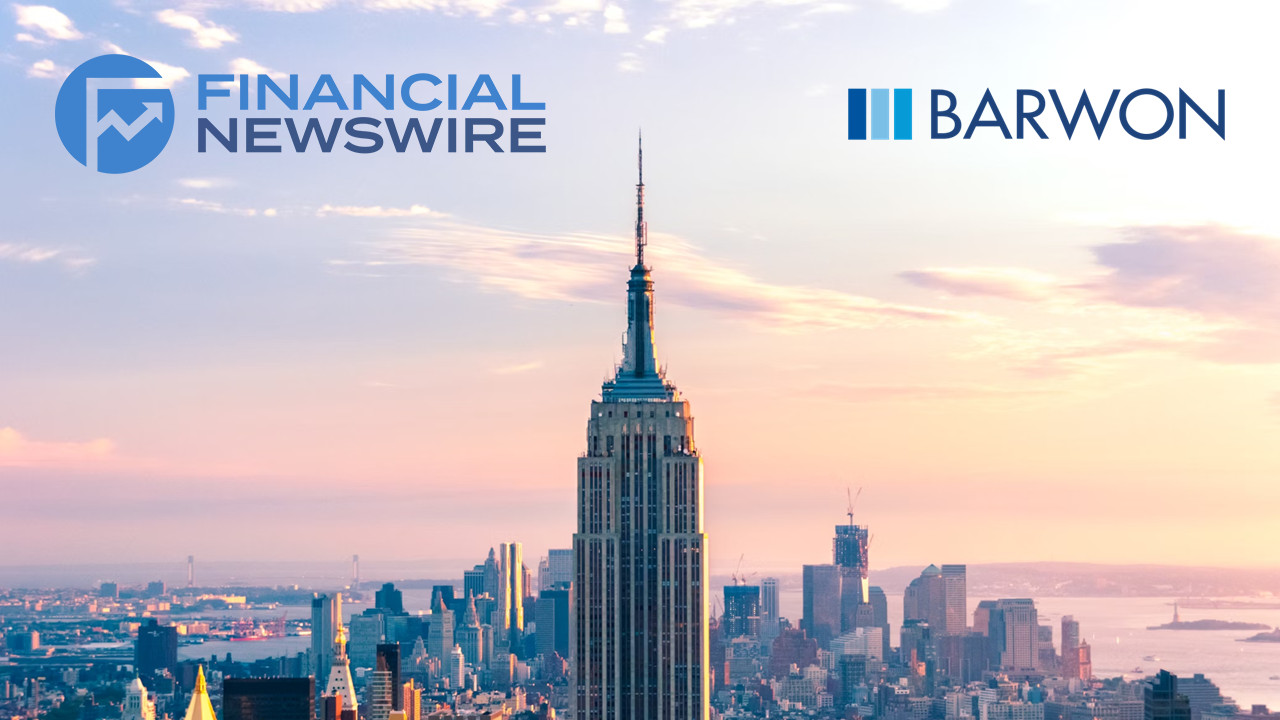Inside Adviser Staff Writer
An enduring structural feature of Barwon’s PE fund is that it doesn’t invest in the companies that require capital, it invests in the companies that provide it. For advisers, that means exposure to the fabled PE illiquidity premium, but with access to daily redemptions.
The rise of private capital has been a ubiquitous feature in markets over the last decades as an increasing cross-section of growing companies eschew public listing in favour of targeted private investment.
And while private equity has led the private capital charge, it’s traditionally come with a caveat; diversification and outperformance are generally delivered at the cost of ready liquidity. Investors can protect their portfolio, and usually beat listed equity markets, but only exit on a monthly or quarterly basis.
For wholesale financial advisers, especially, this cost can be a prohibitive one. Seen through the lens of an industry that’s charging headlong into the managed accounts era, where strategic asset allocation tweaks are expected to hit portfolios with increasing frequency, the ‘illiquidity premium’ is a problematic hurdle.
To negotiate this issue, the team at Barwon Investment Partners launched an open-ended fund in 2007 that invested in the publicly-traded vehicles that invest in private equity. That is, by taking stakes in a diversified clutch of large, trusted private-equity players including KKR, Apollo Global Management and Intermediate Capital Group, the Barwon Global Listed Private Equity Fund was constructed to give investors the access to private equity they want, combined with ready access via daily liquidity.
According to Barwon Portfolio Manager, Bob Liu, it’s this structural advantage that has seen the fund grow exponentially over its 17-year history.
“One of the key selling points is that it’s daily dealing,” Liu tells The Inside Adviser. “We’ve seen a proliferation of semi-liquid private equity products in the market but they’re monthly dealing at best, often offering quarterly liquidity.
We are transparent in our pricing, in that we mark to market every day, people can apply and redeem on a daily basis,” he continued. “That’s one of the enduring things which is fairly unique in the marketplace.
It’s a clever take on a known strategy; instead of investing in companies that need capital to grow, gain exposure to those companies through investment in 25 or so known and trusted companies that lend. The face that this method provides a liquidity overlay comes as a very attractive kicker.
“Everything we buy is publicly listed and traded on the stock exchange, and those companies are actually investing directly in private equity themselves,” Liu explains, adding that those listed vehicles carry the burden of illiquidity. “In evergreen, semi-liquid PE funds however, they manufacture liquidity in various different ways, but can ultimately offer very limited liquidity on a quarterly basis because they directly hold private investments. But we can buy and sell shares in the listed private equity companies we own any day of the week.”
Liu likens the model to investing in Real Estate Investment Trusts instead of direct property funds.
“You’ve got direct property funds that might be open ended, and they might take applications from time to time, but they buy direct real estate and there’s a limited liquidity provision,” he says. “You can put your hand up and say ‘I want my money back’, but there are few guarantees around the timing of that. But then you also have listed REITs, as the counterpart to that. You still get real estate exposure through a REIT. Private equity is somewhat analogous to that structure.”
The fund takes a high-conviction, bottom-up approach and offers protection via diversification of private equity manager, industrial sector, geography and vintage. “We like to understand what we buy,” Liu says.
The fund’s performance to March 31, 2024, suggests that the team at Barwon is adept at putting this understanding into practice; 10.1 per cent p/a over 10 years, 13.4 per cent over 5 years and an astonishing 33.2 per cent in the last year.
To access this article on The Inside Adviser, click here.
The Barwon Global Listed Private Equity Fund was established in 2007 and provides wholesale investors with a high conviction, global portfolio of private equity investments while offering daily liquidity in a fee efficient manner.
The Fund invests in publicly – traded stocks that offer exposure to the equity and debt of private equity-backed companies. The strategies span private equity buyouts, private debt, growth equity, and venture capital.
The portfolio typically consists of 20 to 25 securities at any one time, seeking the best opportunities from the investment universe while providing diversification across geographies, deal stages, and vintages.
Media Enquiries
Mekala Shanker
Marketing & Communications Manager
Barwon Investment Partners
+61 402 897 339










